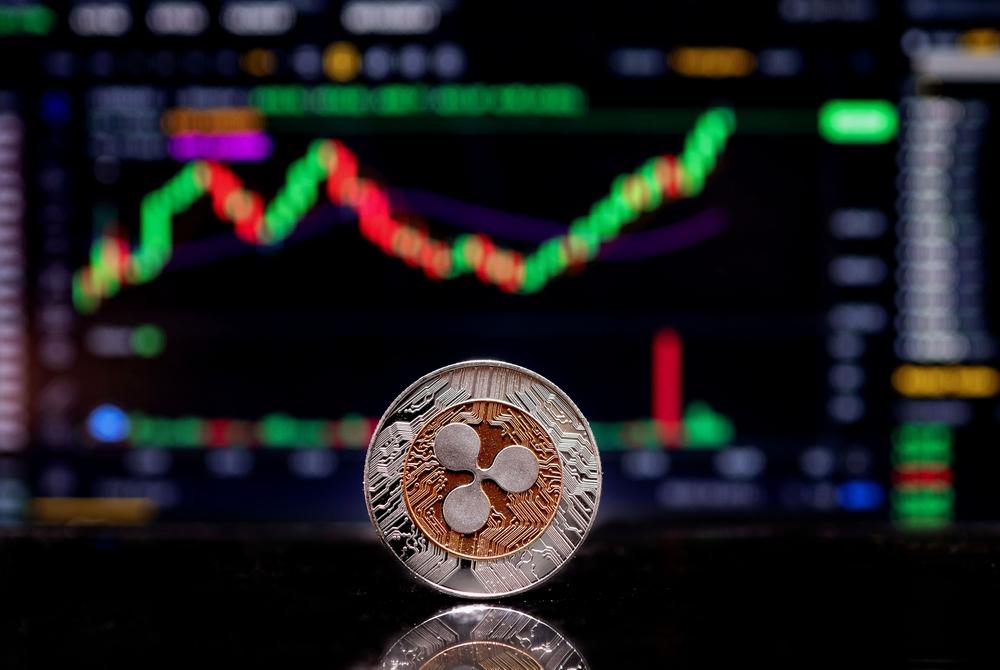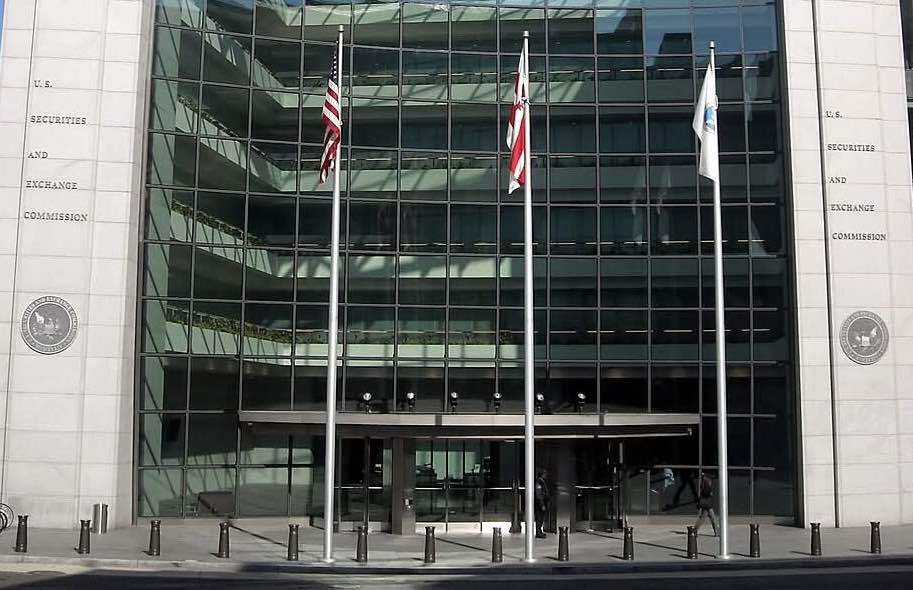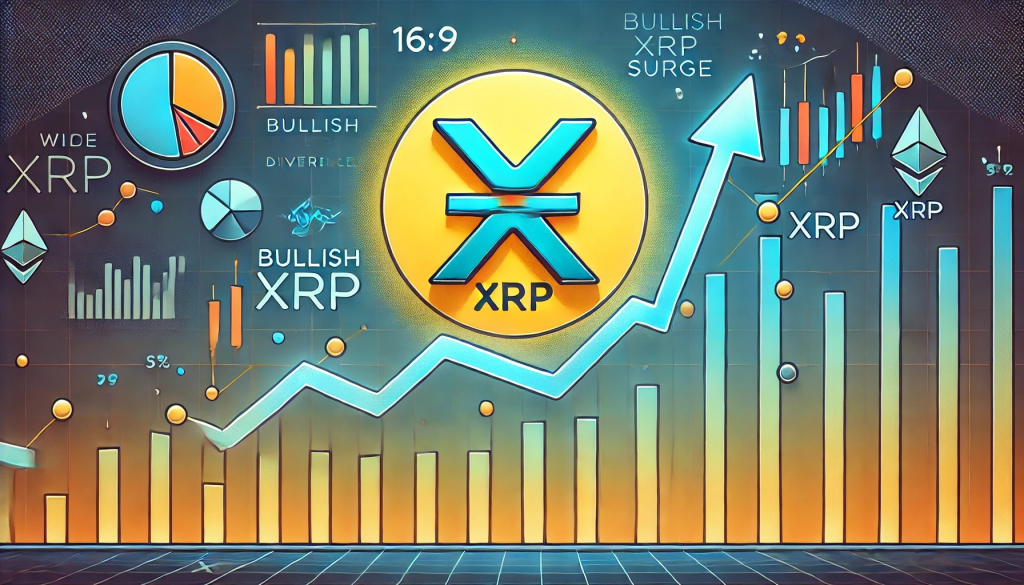China’s ban on crypto transactions and mining was not able to hinder the rapid rise in crypto adoption in the region. In fact, Asia posted the highest rise in crypto transactions in a recent report by Chainalysis.
According to the report, the Central & Southern Asia and Oceania (CSAO) region is one of the fastest-growing regions when it comes to crypto adoption. “CSAO’s transaction activity grew by 706% compared to last year in terms of raw value, and its share of global cryptocurrency activity grew by 2%, making CSAO one of the fastest-growing of all the regions we study,” Chainalysis said.
The study also revealed that the Central & Southern Asia and Oceania region is the fourth largest crypto market. Chainalysis estimates that CSAO’s cryptocurrency market’s transaction value between July 2020 and June 2021 is around $572.5 billion, representing 14 percent of the global transaction value.
The region is also home to the top three countries in Chainlysis’ Global Crypto Adoption Index. Vietnam ranks first in terms of adoption, India is at the second spot, followed by Pakistan at the third spot.
Meanwhile, two other Asian countries are also included in the top 20. Thailand is ranked 12th and the Philippines occupies the 15th spot.
Institutional participation in the crypto market also played a major role in the increasing adoption of digital currencies. “Large institutional-sized transfers above $10 million worth of cryptocurrency represent 42% of transactions sent from India-based addresses, versus 28% for Pakistan and 29% for Vietnam,” Chainalysis said. “Those numbers suggest that India’s cryptocurrency investors are part of larger, more sophisticated organizations.”
Joel John, a principal at cryptocurrency investment firm LedgerPrime, estimates that there are 4x as many cryptocurrency investors in India compared to equity investors. “Investing in equities in India is a long, painful process that requires you to sign lots of documents. It takes about three to four days,” he said. “Investing in crypto takes less than an hour.”

























Comment 7